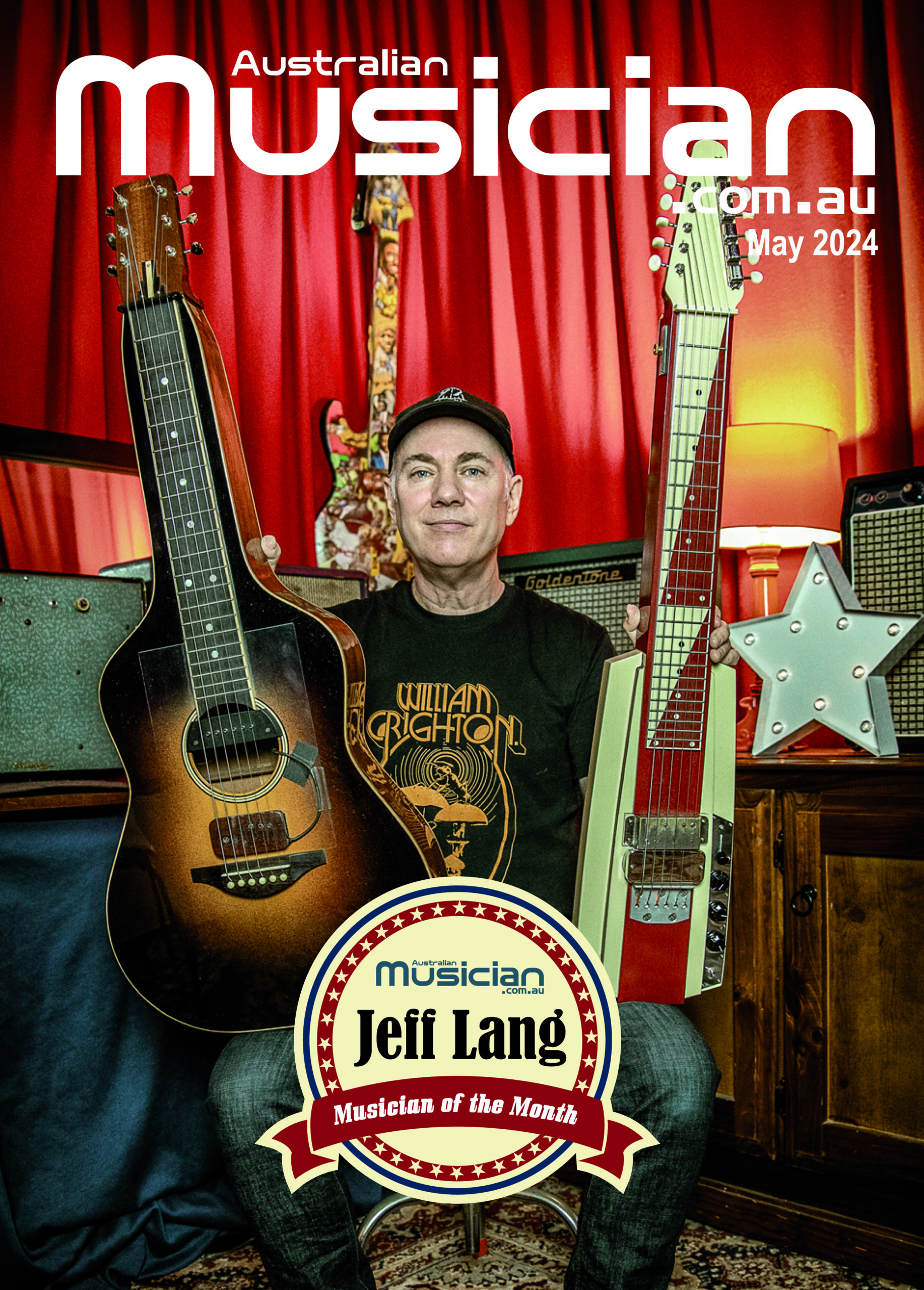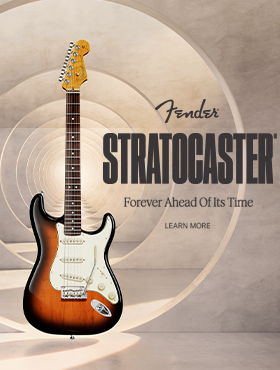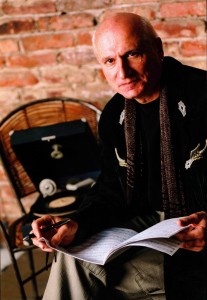 Expatriate Australian John Capek has written songs for some of the biggest recording acts in music history including Rod Stewart, Joe Cocker and Diana Ross. John traces his footsteps for AM and tells us how it all began.
Expatriate Australian John Capek has written songs for some of the biggest recording acts in music history including Rod Stewart, Joe Cocker and Diana Ross. John traces his footsteps for AM and tells us how it all began.
Bompa-bompa and a bow to the Australian Music Connection.
There was a New Orleans-style jazz bump in the popular music road of the 1960s. It was influenced by a lot of British bands, likely an outgrowth of skiffle. The most successful British ‘jazzer’ was Kenny Ball with his international hit single “Midnight in Moscow”.
Australia soon followed the mother country and all the musos wanted to master the purity of what we believed to be real traditional New Orleans jazz. Australia’s Graeme Bell was a seminal interpreter of ‘Trad Jazz’ as it was known and he had some success in the UK and Europe.
I was profoundly influenced by this movement. It was no great stretch for me as a musically rebellious teenager to dump my classical practice and then embrace Boogie Woogie. My pounding left hand drove my father to distraction and I soon found an outlet for my ‘Jelly-Roll’ expression in the basement of the Campus Jazz Club in Malvern. I played Friday nights and swapped sets with the “Soul Four” an acapella group featuring a very young Olivia Newton John. Upstairs the regular band’s singer was Judith Durham who later fronted the Seekers.
Around that same time I heard Little Richard’s “Keep a Knockin” on the radio, knocking out every molecule of all I ever wanted to play on a piano. That’s the first record I ever bought. Jerry Lee Lewis, Johnnie Johnson (Chuck Berry) and Ray Charles soon followed as triggers for my pianistic psychosis. I wanted to be them.
Rob Mackenzie (MacKenzie Theory) and I formed the John Capek Blues Band. We rehearsed in a garage, got gigs and developed our chops. I became a trouble-maker at Melbourne High School banging away in any classroom that had a piano. The official school pianist neither boogied or woogied. The word ‘maestro’ appears next to my name in the MHS year-book. I don’t think it was for my math prowess.
I moved away from home to give my suffering father some relief from my relentless left hand. The house in Albert Park had additional rooms to rent and my first sublet was to Greg “Sleepy” Lawrie the founder of legendary Australian blues band, Carson. Sleepy was a purist, a fine slide guitarist and a classical blues master follower of the tradition of Robert Johnson. We rehearsed, got booked by Michael Gudinski and were regulars at the Thumpin’ Tum and most of the other Melbourne venues.
Carson was on a parallel path with the group Chain and we were all friends. The only recording that I recall from that era was a collaboration between Greg and Matt Taylor on a one-off track called “Bad Luck Feeling”. It’s up there on YouTube and I’m still proud of my keyboard solo, half a century after the fact.
Rob MacKenzie and I continued to jam or “woodshed” as the Yanks call it. About that time, Motown unveiled itself. I found my Blues Brother in Australia’s James Jamerson, Tim Partridge. Tim spent the next couple of years glued to my left hand. We were insatiable in our quest for Blues Brotherhood. Somewhere along the line, entrepreneur and hippie Wizard Charlie Bell discovered Leo De Castro, put him together with Tim, Rob, Jeremy Kellock (Daddy Cool) Kevin Murphy and others. The freakiest, funkiest, bluesiest, rockiest, stoned psychedelic band was born. I don’t think we had a name.
Charlie had the Australian rights to the movies “Monterey Pop” and Bob Dylan’s “Don’t Look Back”. We opened as the live act for the run of the movies at the Palais Theatre in St. Kilda for several weeks and then Sydney. We also played Ourimbah, Australia’s Woodstock.
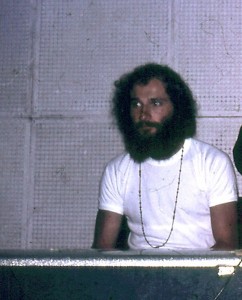
Later incarnations were Leo and Friends playing mainly at Checkers in Sydney, occasionally with renowned drummer Barry (Little Goose) Harvey. I had a keyboard set-up that included sixteen 12″ speakers in four cabinets with about a thousand watts of power. I made my Hohner Pianet distort like the entire Led Zeppelin soundscape and we would play songs that lasted twenty minutes or more.
Back in Melbourne I jammed with Billy Thorpe and somewhere along the line, I met an unknown Russell Morris. I was invited to play in his band and we played in my backyard for my younger sister’s sixteenth birthday party.
I had reluctantly graduated from RMIT with a diploma in Chemical Engineering. I took a job teaching physics and chemistry to seventh and eighth graders at Northcote Tech.
I continued to gig with Russell and then the band started to get some action. Russell gave me an ultimatum, “Either the day gig or the band”. I gave up the day gig and committed to the Russell Morris band, which subsequently broke up two weeks later.
Licking my wounds, I was unemployed and struggling in Sydney, teaching piano and dependent on parents and girlfriend. Then a couple of miracles happened. The Yellow House in Sydney was an art space where “happenings” and hippie creative events occurred. One room had a piano where I would play just for kicks on occasion. One night Patrick Flynn the musical director of the Australian productions of Hair, Superstar and Grease happened to be at the Yellow House and offered me a gig playing at his auditions and soon after as a studio musician at the EMI studios in Sydney. Ted Albert (of Alberts Publishing) heard me and consequently I became a busy ‘on call’ studio keyboard player.
Fortuitously, Ed Owen of Castle Music then heard me improvise and said, “You have to write songs”. I formed a writing team with Terry Hannagan and soon after wrote and recorded for Doug Parkinson’s ‘No Regrets’ album. Things were really beginning to happen.
Later, I then got an invite to play on a friend’s album in Toronto Canada. In Toronto I fell headlong into the recording studio session scene and discovered record production. I ended up working with just about every up and coming Canadian singer songwriter either as a player or producer, including Gene Maclellan, Ann Murray and Dan Hill. I got to mix the Gene Maclellan album at the legendary Sound City studio in LA.
My productions of Jazz/R&B Diva, Dianne Brooks and Canadian singer-songwriter Marc Jordan led me back to Los Angeles where I hoped the marketplace would open itself up to me. Marc got a huge record deal but my credits didn’t impress the powers that be. However, I did get to play on the album. Johnny Capek from Melbourne found himself at a keyboard in Los Angeles with the following legendary musicians: Jeff Porcaro (Toto), Donald Fagen (Steely Dan), Chuck Rainey (Aretha Franklin), Tom Scott and Steve Lukather amongst others. Those sessions were addictive and I moved to LA.
A year later, I met Nat Kipner. An American WW2 veteran, Nat had married a girl from Brisbane and moved to Australia. He was a founding creator of popular music TV in Australia and one way or another was involved in the careers many of Australia’s biggest acts in the 60’s. Nat told me I was going to write songs with him whether I liked it or not. He was a persuasive guy. I was unemployed at the time and running out of options in LA so I deferred. Our first songs got cut, right out of the box, by French diva Sylvie Vartan and by Freda Payne.
Sometime after, I met Nat’s son Steve. Steve’s formative years had been spent in Australia. Shortly after arriving in LA Steve wrote “Physical” for Olivia Newton John and the rest is history. Steve’s resulting career has been phenomenal.
I was back in songwriting mode, signed the first of multiple publishing deals which kept me busy for about thirty years. A trip back to Australia resulted in my German adventure, producing records for IC records. I produced a greatly under-rated album that I think got caught up in a business wrangle. That album was Mike Rudd’s group ‘Why’. I have fond memories of seeking out trouble in rural Germany with the late Bill Putt who played bass in the band.
The other artist I produced at the time was John Paul Young. The song Soldier of Fortune was a hit single for John in Australia. The song was also recorded by Manhattan Transfer. Tim Hauser, the leader of the Transfer never forgave me for my naivety in allowing two versions of the same song to be recorded around the same time.
Back in LA, I connected with Renee Geyer, Wendy Matthews and once again with Olivia Newton-John. Olivia and I wrote the song It’s Always Australia For Me, which she sang on her HBO special celebrating Australia’s bicentennial.
The connections continued and through John Boylan, I co-wrote The Rhythm King for LRB’s Monsoon album. John Boylan was also involved in a lot of kids music and my playing and programming appears on albums by the Simpsons, Chipmunks and Sesame Street. In that context I got to play (remotely) with superstars Celine Dion, Mariah Carey and many others.
My publisher at the time introduced me to Cornell Dupree. Cornell was Aretha’s guitar player and played the opening hook on ‘Respect’. He had also been in the band ‘Stuff’, who were often featured on Saturday Night Live. Stuff was session musician royalty. Cornell and I wrote a bunch of tunes, which he recorded on his Grammy nominated “Coast to Coast” album. We also played a couple of live gigs together. Cornell still owes me the $20 he borrowed for a bag of inspiration at a gig on Ventura Boulevard all those years ago. That’s OK, it was an honor and a privilege. RIP Cornell.
After co-writing a couple of tracks with Steve Kipner, which appeared on the Cocktail movie soundtrack I came back to Australia. This time it was to score and write songs for several feature films, including Boulevard of Broken Dreams and Heaven Tonight.
Around that time, Daryl Braithwaite released my song Tell Me You Love Me and I met Rick Price in LA. In that time I played on a Rick Springfield session and John Farnham recorded my song “Dream People”. Colin Hay showed up for a writing session as well and recorded the song Lost Generation on his Topanga album … with no flute solo.
Cutting to the present day I’m still doing the ‘Bompa-bompa’…. a term invented by Sleepy Greg Lawrie as a generic diminutive description of a blues shuffle.
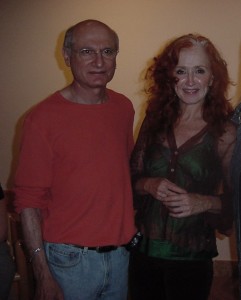
I’m still chasing my Blues-Motown fantasy and recently reconnected with Rick Price in of all places, Nashville Tennessee. I’ve been attempting to bring out Rick’s hidden Martha Reeves and almost succeeded in our recent song Touch of a Woman’s Hand. Brian Cadd dropped by recently to write a tune too.
I’ve been fortunate to have my songs recorded by Rod Stewart, Bonnie Raitt, Joe Cocker, Diana Ross, Cher, Natalie Cole, Toto, Chicago, Isaac Hayes and a bunch of great Australians. In my lifelong search for ‘blues cred’, I must say that Bonnie Raitt’s endorsement of my work is my proudest moment so far.
So to all the frustrated dreamers, sitting at home writing songs … don’t despair, it CAN happen. For me, the road continues, but never forgetting the early days in Melbourne and Sydney where the passion was at its purest.
John
www.johncapek.com

